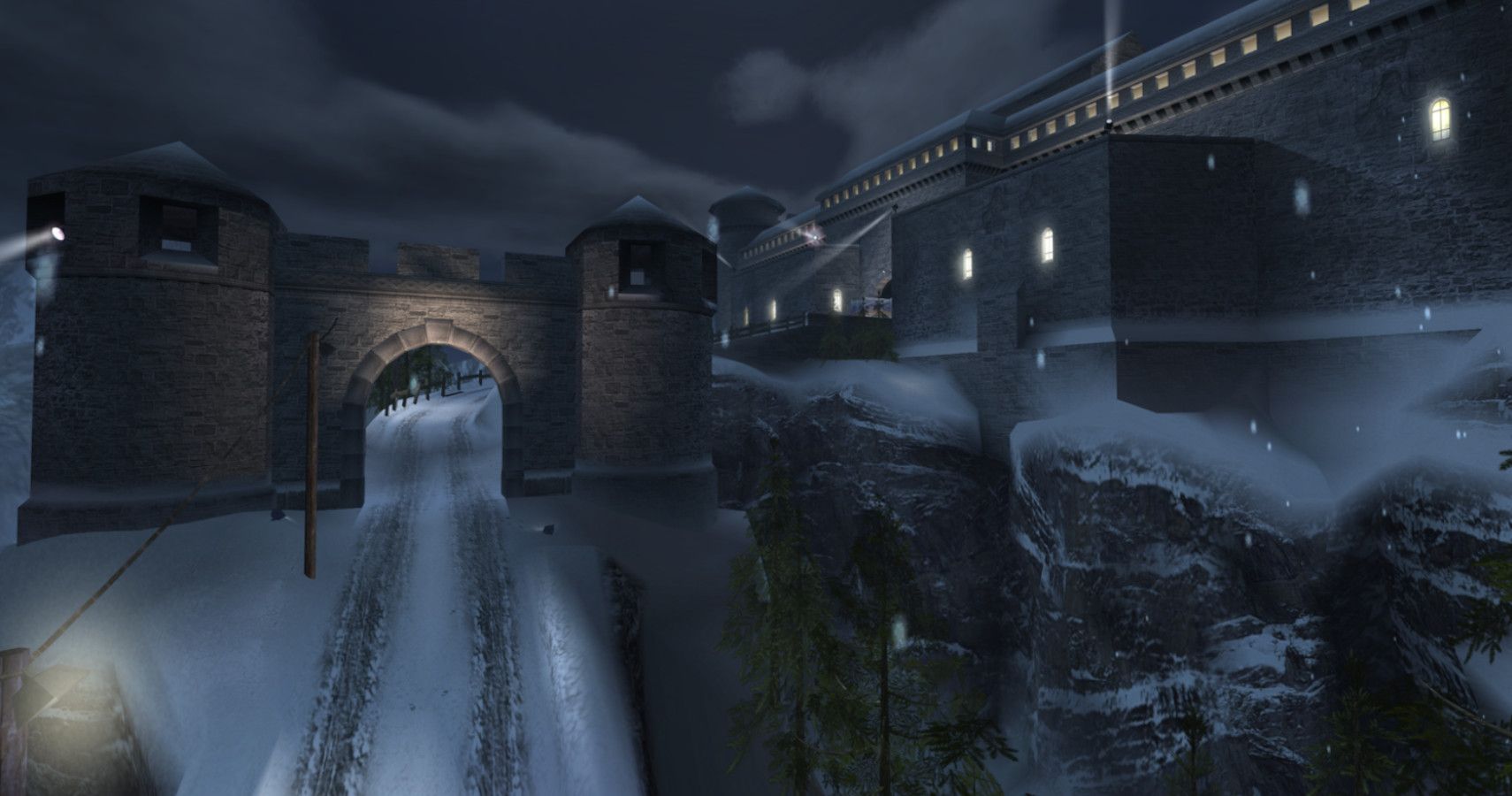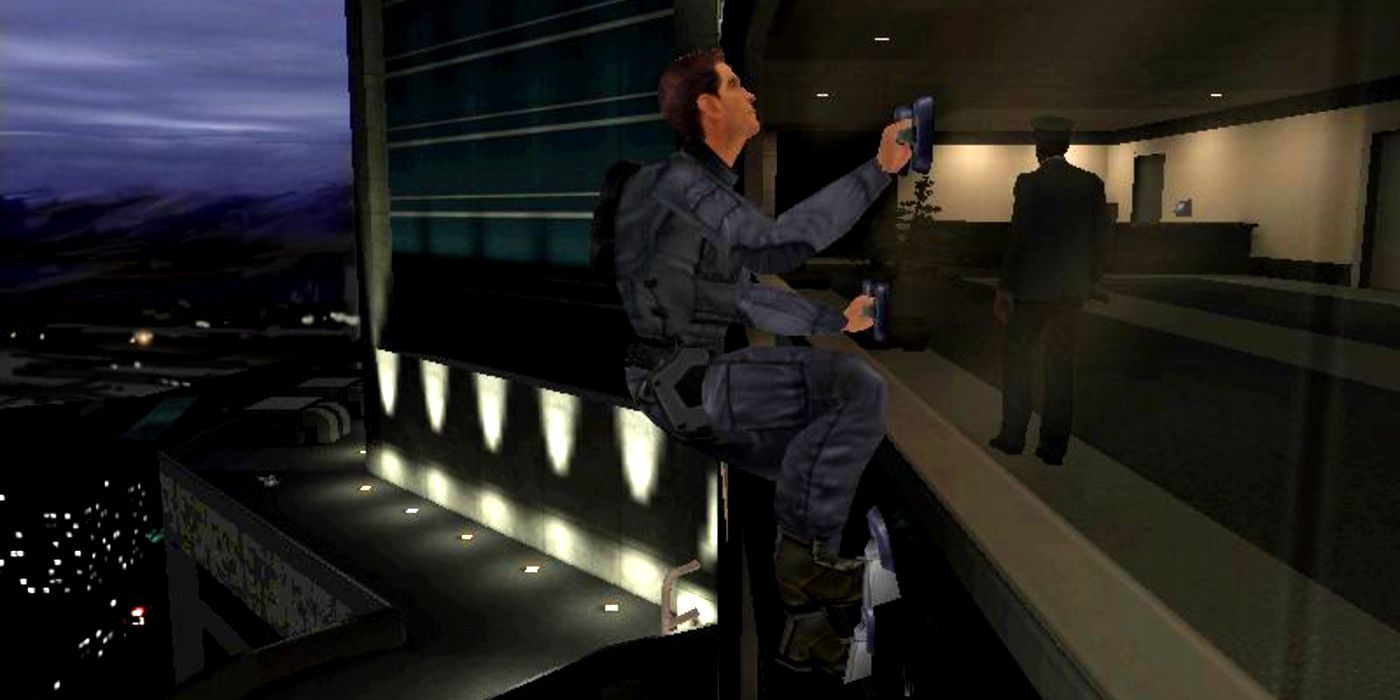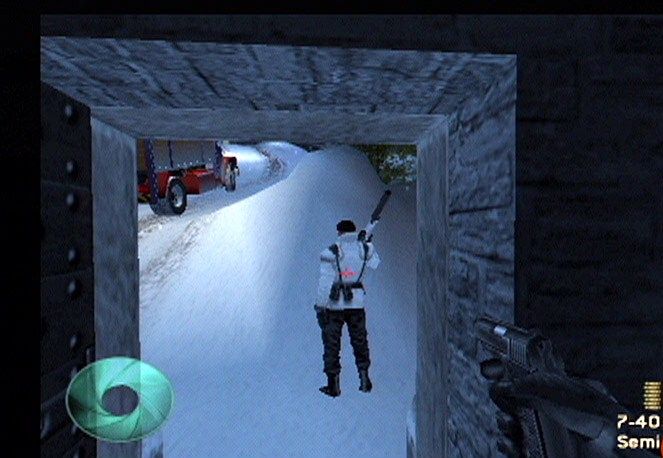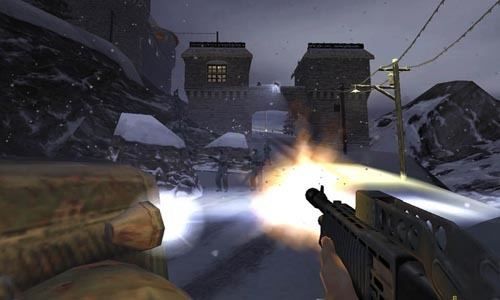The news that IO Interactive is developing a 007 game has been met with pretty universal enthusiasm. The Hitman developers have found critical acclaim and mainstream success with their long-running Hitman series, and in particular with the rebooted series that started in 2016. The World of Assassination trilogy takes a sandbox approach to level design that allows players to creatively approach each kill and offers near-limitless replayability. With a proven track record of competent stealth action and tactical espionage, IO Interactive seems to be the perfect studio to tackle a James Bond game.
Assuming that Project 007 turns out to be a good game (and I sincerely hope it does), it will be the first worthwhile James Bond game in nearly two decades. 2012's 007 Legends was a sorry excuse for a Call of Duty clone, James Bond 007: Blood Stone was playable but forgettable, and GoldenEye 007's only redeeming quality was that it reminded us of the classic. Some might be mistaken in thinking that the original GoldenEye is the only good Bond game, but 2002's James Bond 007: Nightfire is, in actuality, the last great 007 video game. Surprisingly, Nightfire has a lot in common with IO Interactive's Hitman series. The James Bond games might have gone seriously downhill after 2002, but if we're lucky, some of the best aspects of Nightfire could live again in the next 007 game.
EA's Pierce Brosnan-era James Bond 007: Nightfire, developed by Eurocom, came out in 2002 for the PlayStation 2, Gamecube, and original Xbox. The game features eight levels of extremely varied gameplay, including action-driving sequences, on-rails shooter levels, and stealth missions. Paced and plotted like a Bond movie, Nightfire changes gameplay styles so frequently that it can start to feel like three or four different games stitched together, but the quick pace and short runtime really help it come together and feel, in the end, like a complete experience.
Though Nightfire represents a very ‘90s-style Bond film (there’s a level where 007’s Aston Martin turns into a submarine so you can infiltrate the villain’s secret underwater base), one level, in particular, was markedly ahead of its time. The second mission, “The Exchange,” introduced concepts of non-linear gameplay and immersive simulation that were not at all common for console games at the time. Echoes of “The Exchange” can still be seen throughout the stealth and immersive-sim genres, including IO Interactive’s Hitman games.
“The Exchange” begins with a mission briefing from 007’s handler, M. A wealthy industrialist has stolen a valuable piece of defense technology and plans to sell it during a formal gathering at his castle. Your mission is to infiltrate the castle and intercept the device during the exchange. How you do it is completely up to you.
At the start of the mission, Bond parachutes down to a guard tower outside the gates to the castle. From there, it’s completely up to you how to get in. There are several guards that stand outside the castle and a few that patrol the road leading up to it. To get through the main gate, you could slowly sneak up on each guard and dispatch them, using the uneven path as cover as you dodge around pathing spotlights. You could simply shoot your way in, either with a loud assault rifle that will attract additional enemies to defend the castle, or quietly with a silenced pistol, assuming you can get close enough for a one-hit kill. You can also wait for a truck to drive by and climb into the bed, allowing you to sneak in undetected. Or, you could scale the side of the mountain, which presents its own dangers, but is a reliable way to infiltrate the castle wall while avoiding a gunfight.
If you’ve played games like Dishonored, Metal Gear Solid 5, or Hitman, this type of level design probably sounds familiar. Back in 2002 on the Gamecube though, this degree of player agency, particularly in a licensed game, was unheard of. At this time PC players would have had a chance to play some of the foundational stealth/immersive-sim games like Arx Fatalis, Thief, and the original Hitman, but FPS games with branching paths and emergent gameplay were not commonplace in console games at the time.
Getting past the castle wall is just the beginning of the mission. Once you’re inside the compound, you’ll need to make your way to castle proper. Of course, there are an uncountable number of paths to take and plenty of enemies to deal with along the way. This is the point where the connections to Hitman start to really stand out.
The guards have predetermined patrol paths that you can plan your movements around if you want to get in totally undetected. Many of the high towers have spotlights that you can shoot out to distract the guards and create openings to advance in the moment of confusion. Of course, it might be better to shoot a light so that a guard moves into a more favorable position for you to shoot them in the head, but that’s totally your choice.
Bond, like Agent 47, is a man of many gadgets. In Nightfire, his cellphone can be used as a grappling hook to reach the high ground and subdue guards or simply to clear otherwise impassable areas. Bond has a laser in his watch that can be used to disable alarms and open locked doors, creating alternate paths through. Later in the mission, you can use the laser to melt the hinges on a safe if you weren’t able to find the code beforehand. Bond’s tools open up this sandbox-style mission to even more possibilities.
Of course, you can just shoot your way in if you prefer, but even that tactic has a degree of choice and variety. The more selective and precise you are with your shots, the more quietly you can make your way through the compound, avoiding alarms and guards on high alert.
After “The Exchange,” Nightfire never revists this sandbox-style level design. Even so, “The Exchange” is not only remarkable for its time, it’s also a shining example of what a Hitman-inspired James Bond game ought to be.
IO began the Hitman series in 2000 and continued to iterate and improve on the formula for the last 20 years while the James Bond series never again reached the same heights as 007: Nightfire. Whatever IO Interactive chooses to do with 007 will almost certainly be extraordinary. In 2002, Nightfire gave us a glimpse of what an immersive James Bond game could be. With any luck, IO Interactive will be able to bring that version of 007 to life.




